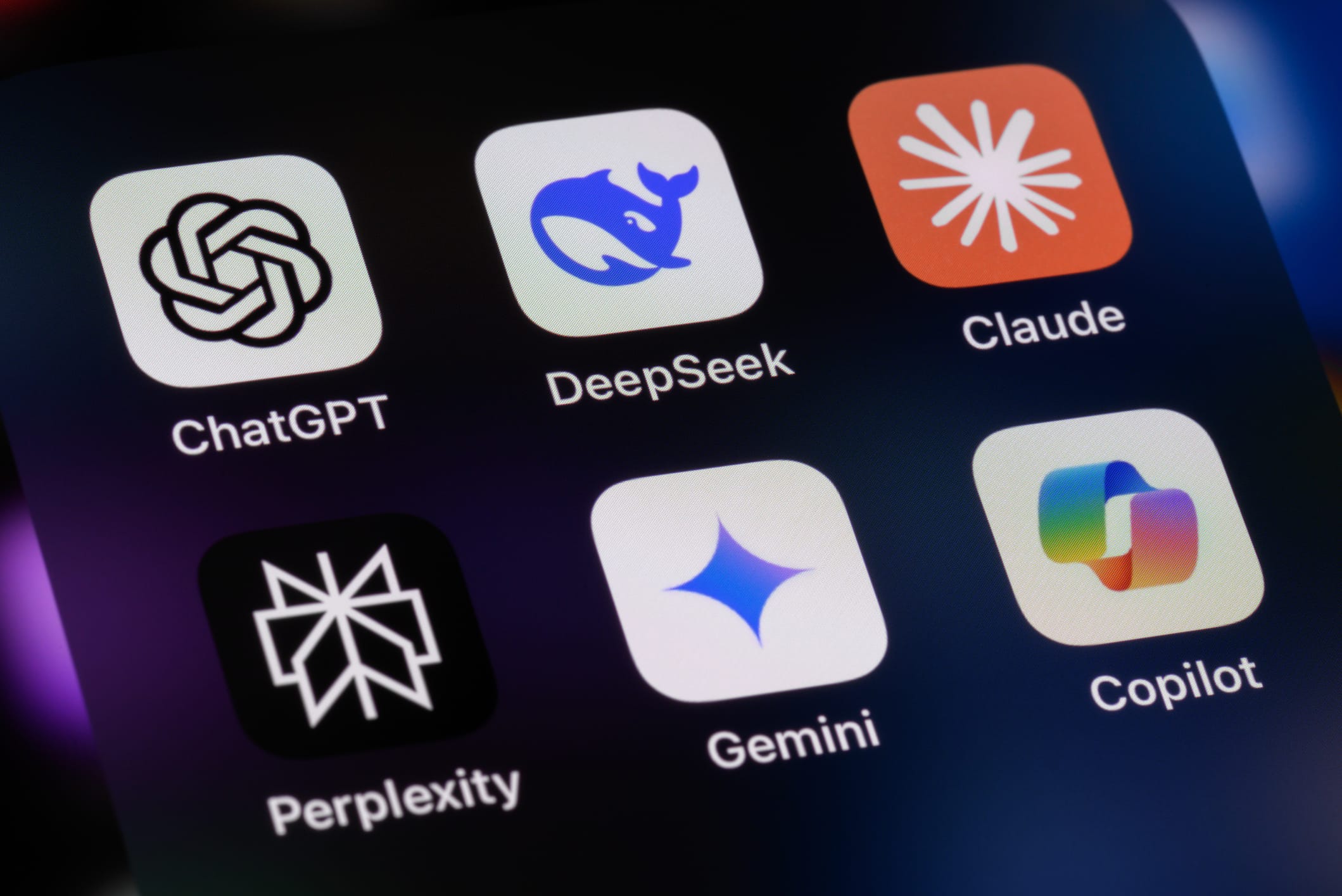
OpenAI Reaches One Million Business Customers and Shows No Signs of Slowing Down
OpenAI has announced a major milestone in its rapid ascent: more than one million businesses worldwide are now paying customers of its AI tools, including ChatGPT and its developer APIs. The company says this achievement makes ChatGPT “the fastest-growing business platform in history,” underscoring the accelerating adoption of generative AI across industries and geographies.
This figure encompasses every organisation that pays to use OpenAI’s technology for business purposes, whether through ChatGPT for Work, direct access to its models via API, or integration with its developer tools. The wide range of sectors represented among these users, from finance and healthcare to retail and education, demonstrates how deeply artificial intelligence is becoming woven into the fabric of modern enterprise.
Alongside its growing base of business clients, OpenAI also claims that ChatGPT now attracts roughly 800 million weekly users in some capacity. This staggering level of engagement highlights how far AI has moved beyond novelty and experimentation, becoming a practical, day-to-day component of both work and personal life. In less than two years since its public debut, ChatGPT has evolved from a conversational curiosity into a staple of business productivity and innovation.
To illustrate how organisations are applying its technology, OpenAI shared several customer success stories. Job platform Indeed, for instance, has integrated OpenAI’s API into its “Invite to Apply” feature. This addition, which helps employers target suitable candidates more effectively, has reportedly driven a 20 percent increase in job applications and a 13 percent rise in successful hires. In another example, U.S. home-improvement giant Lowe’s has rolled out an in-store assistant app called MyLow Companion, built with OpenAI’s models. The tool provides employees across more than 1,700 stores with expert guidance and project support, improving both efficiency and customer service.
These examples show how ChatGPT and related tools are quietly reshaping workflows. Instead of replacing workers, they’re increasingly being used to augment human performance — streamlining routine tasks, improving communication, and freeing people to focus on higher-value work. Looking ahead, OpenAI’s ambitions extend far beyond being a chatbot provider. The company is positioning itself as an essential infrastructure layer for the next generation of digital business. Its goal is to make it easier for companies not only to use ChatGPT but to build with it, embedding AI directly into their own software, services, and customer experiences.
Part of this strategy involves new technologies like the Agentic Commerce Protocol (ACP), which will allow businesses to create more dynamic, AI-powered shopping and service experiences directly within ChatGPT. In practice, that could mean consumers booking flights, ordering food, or managing finances seamlessly through conversational interfaces.
OpenAI has also rolled out several enterprise-focused tools designed to make AI integration more practical. One, called Company Knowledge, allows ChatGPT to reason across internal business systems such as Slack, SharePoint, Google Drive, and GitHub. This enables it to retrieve information, generate summaries, and even perform basic analysis across an organisation’s data without requiring employees to search manually. Another tool, AgentKit, provides a framework for building and deploying enterprise-grade AI agents more rapidly, helping businesses automate complex workflows while maintaining oversight and security.
The company’s leadership emphasises that this growth is only the beginning. In its blog post announcing the milestone, OpenAI thanked its customers for their continued trust and collaboration, stating: “We’re deeply grateful to the customers building with us today, and we’re looking forward to what’s next in 2026 and beyond. There’s a big opportunity to rethink the operating system for work, and we’re excited to build the platform to power it.”
This notion of creating “an operating system for work” signals where OpenAI sees the future heading. Instead of discrete apps or add-ons, the company envisions a unified AI layer that connects knowledge, communication, and action across every tool a worker uses. Such an approach could transform how organisations operate, enabling a more seamless and intelligent digital workspace that adapts to human intent rather than forcing users to adapt to software.
The implications of this shift are vast. For small businesses, access to AI agents and reasoning systems means they can compete with far larger rivals without the same level of manpower or infrastructure. For global enterprises, the technology offers unprecedented efficiency gains, deeper data insight, and improved decision-making. In both cases, OpenAI’s continued push into enterprise solutions represents a fundamental change in how business technology is developed, deployed, and consumed.
Reaching one million business customers is therefore not simply a statistical milestone, it’s evidence that AI has entered the mainstream of professional life. As companies increasingly rely on ChatGPT to support customer service, data analysis, marketing, and internal collaboration, OpenAI’s role as both a technology partner and platform provider is expanding rapidly.
While competition in the AI market remains fierce, with Microsoft, Google, Anthropic, and others racing to secure enterprise users, OpenAI’s combination of product integration, developer accessibility, and user familiarity gives it a powerful lead. If its current trajectory continues, ChatGPT may evolve into something much broader than a conversational AI, potentially becoming the connective tissue that powers how digital work gets done.
In the words of OpenAI itself, the journey is far from over. The company sees enormous potential in shaping the next era of workplace computing and with one million paying business users already on board, it seems well-positioned to deliver on that vision.
Follow Active Digital on Linkedin for all the latest tech, AI and company updates
For more insight into Top Tech Trends reshaping AI and Robotics please head over to our blog post.


